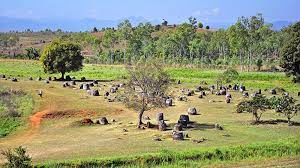VIENTIANE: UNESCO lists Plain of Jars as World Heritage Site
The United Nations Educational, Scientific and Cultural Organisation (UNESCO) on Saturday added the Plain of Jars in Xieng Khuang province to its list of World Heritage Sites.

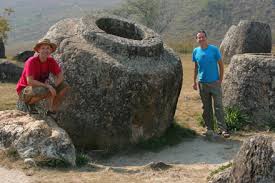
The inscription of the megalithic jar sites on this prestigious list is a great success for the government, which has carried out years of work to push for international recognition of this enigmatic archaeological site.

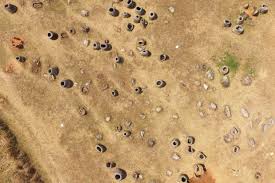
The announcement was made at the 43rd Session of the World Heritage Committee held in Baku, Azerbaijan.
–THIS SPACE BELOW IS RESERVE FOR YOUR ADVERTISEMENT

Addressing the session, Minister of Information, Culture and Tourism and Chairman of the National Committee for World Heritage of Laos, Professor Dr Bosengkham Vongdara, expressed his deep gratitude to all the parties involved in the application and approval process.

“I would like to sincerely express our deepest appreciation and acknowledgement to the UNECSO World Heritage Centre and its committee members, to all of you, and distinguished delegates present here for your valuable consideration and support in inscribing the Megalithic Jar Sites in Xieng Khuang province on the UNESCO World Heritage List,” he said.
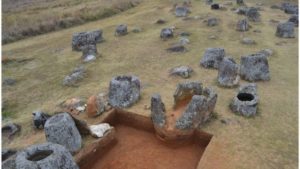
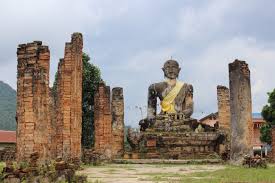
He thanked the UNESCO World Heritage Centre, all members of the World Heritage Committee, advisory bodies, and International Council on Monuments and Sites (ICOMOS) experts for their valuable contributions and support for the preservation of the archaeological site as a common heritage of humanity.
–THIS SPACE BELOW IS RESERVE FOR YOUR ADVERTISEMENT

“Without their support, expertise and hard work, this inscription would not have been possible,” he said.


The inscription means that the Plain of Jars is Laos’ third World Heritage Site. The old town of Luang Prabang in Luang Prabang province was inscribed in 1995, followed by Vat Phou and associated Ancient Settlements within the Champassak Cultural Landscape in 2001.


The Plain of Jars, located on a plateau in northern Laos, is named for the more than 2,100 tubular-shaped megalithic stone jars that are believed to have been used for funerary practices in the Iron Age, according to UNESCO.
This serial site of 15 components contains large carved stone jars, stone discs, secondary burials, tombstones, quarries and funerary objects dating from 500 BCE to 500 CE.


The jars and associated elements are the most prominent evidence of the Iron Age civilisation that made and used them until the end of this era, around 500 CE.
–THIS SPACE BELOW IS RESERVE FOR YOUR ADVERTISEMENT

During the July 6 morning session of its 43rd meeting, the World Heritage Committee inscribed another six cultural sites in other countries on UNESCO’s World Heritage List.
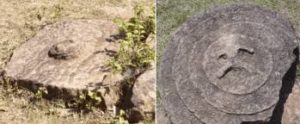

These sites were the Dilmun Burial Mounds in Bahrain, Budj Bim Cultural Landscape in Australia, Archaeological Ruins of Liangzhu City in China, Jaipur City in Rajasthan, India, Ombilin Coal Mining Heritage of Sawahlunto in Indonesia, and the Mozu-Furuichi Kofun Group: Mounded Tombs of Ancient Japan in Japan.


The naming of new inscriptions continued on July 7. The 43rd session of the World Heritage Committee runs until July 10.
By Souksakhone Vaenkeo
(Latest Update July 8, 2019)
–THIS SPACE BELOW IS RESERVE FOR YOUR ADVERTISEMENT



